The Indus Valley Civilization, one of the world’s earliest urban cultures, flourished around 2500 BCE in what is now Pakistan and northwest India. This civilization is notable for its advanced urban planning, sophisticated drainage systems, and impressive architectural achievements. The cities of Harappa and Mohenjo-Daro stand as testaments to the ingenuity of the people who inhabited this region.
Unlike many contemporary civilizations, the Indus Valley Civilization did not leave behind extensive written records, which makes its study both intriguing and challenging. Archaeological excavations have unearthed a wealth of artifacts, including pottery, seals, and tools, providing insights into the daily lives, trade practices, and social structures of its people. The civilization’s decline around 1900 BCE remains a subject of scholarly debate.
Various theories suggest that climate change, shifting river patterns, or invasions may have contributed to its downfall. Despite this decline, the legacy of the Indus Valley Civilization is profound, influencing subsequent cultures in the Indian subcontinent. Its urban centers laid the groundwork for future city planning and governance, establishing a model that would resonate through the ages.
The significance of this civilization extends beyond its historical timeline; it serves as a crucial point of reference for understanding the evolution of urban life in ancient India.
Key Takeaways
- The Indus Valley Civilization was one of the world’s earliest urban societies, with advanced infrastructure and trade networks.
- Urban centers in the Indus Valley, such as Harappa and Mohenjo-Daro, were characterized by well-planned streets, advanced drainage systems, and sophisticated architecture.
- Urbanization played a significant role in the expansion and consolidation of the Maurya Empire, leading to the development of administrative centers and trade hubs.
- The Gupta Empire witnessed further urban development, with the establishment of new cities, flourishing trade, and the patronage of art and architecture.
- The evolution of urbanization in ancient India reflects the growth of trade, commerce, and cultural exchange, shaping the region’s history and society.
- The legacy of ancient urban beginnings in India continues to impact modern urban development, infrastructure, and cultural diversity in the country.
The Rise of Urban Centers in the Indus Valley
The emergence of urban centers in the Indus Valley was a remarkable phenomenon that marked a significant shift from nomadic lifestyles to settled agricultural communities. The fertile plains along the Indus River provided an ideal environment for agriculture, leading to surplus food production. This surplus enabled population growth and the establishment of complex societies.
Cities like Harappa and Mohenjo-Daro were meticulously planned, featuring grid layouts, standardized brick sizes, and advanced drainage systems that showcased an understanding of urban infrastructure that was unparalleled for its time. The urban centers were not merely residential areas; they served as hubs of trade and commerce. Artifacts such as weights and measures indicate a sophisticated system of trade that extended beyond regional boundaries, connecting the Indus Valley with distant civilizations such as Mesopotamia.
The presence of seals with intricate carvings suggests that these cities engaged in extensive trade networks, exchanging goods like textiles, metals, and agricultural products. The rise of these urban centers was not just a reflection of economic prosperity but also an indication of social stratification, with evidence pointing to specialized crafts and a division of labor that contributed to the complexity of Indus society.
The Influence of Urbanization on the Maurya Empire
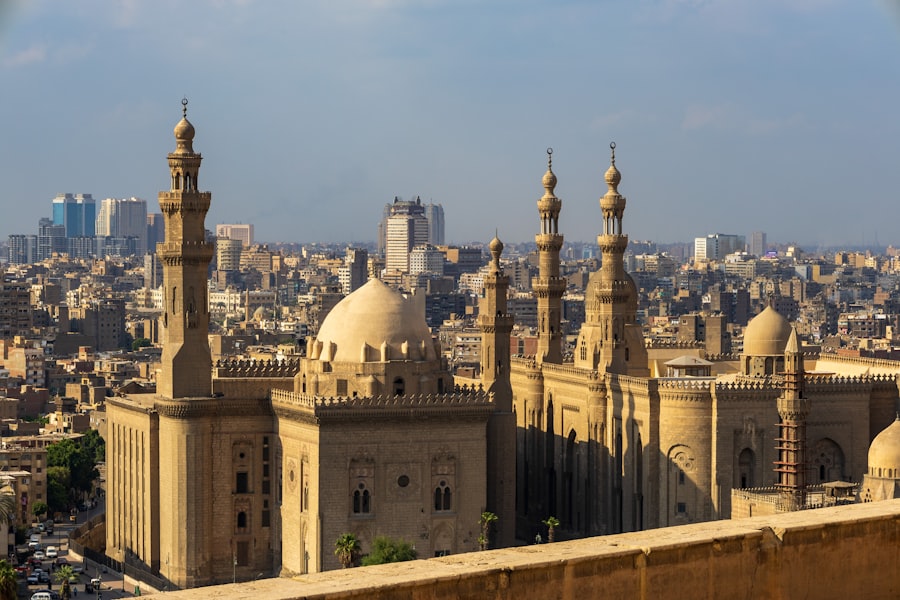
The Maurya Empire, which emerged in the 4th century BCE under the leadership of Chandragupta Maurya, was significantly influenced by the urbanization trends established during the Indus Valley Civilization. The Mauryan period saw the consolidation of power and the expansion of territories across much of the Indian subcontinent. Urban centers became critical to governance and administration, serving as focal points for political control and economic activity.
Cities like Pataliputra (modern-day Patna) became thriving metropolises that reflected the administrative sophistication inherited from earlier civilizations. The Mauryan Empire’s urbanization was characterized by grand architectural projects, including palaces, public buildings, and extensive road networks that facilitated trade and communication. The use of standardized weights and measures continued from the Indus Valley period, promoting economic stability and fostering trade both within the empire and with neighboring regions.
Furthermore, the Mauryan rulers implemented policies that encouraged urban growth, such as tax incentives for merchants and artisans. This not only stimulated economic activity but also led to cultural exchanges that enriched urban life.
Urban Development during the Gupta Empire
The Gupta Empire, often referred to as a golden age in Indian history, witnessed remarkable advancements in urban development from approximately 320 to 550 CE. Building upon the foundations laid by previous civilizations, Gupta cities flourished as centers of learning, culture, and commerce. The capital city of Pataliputra continued to thrive during this period, becoming a beacon of intellectual pursuit and artistic expression.
Scholars like Aryabhata made significant contributions to mathematics and astronomy while residing in these urban centers. Urban planning during the Gupta period reflected a blend of practicality and aesthetics. Cities were designed with wide streets, public parks, and elaborate temples that showcased intricate carvings and sculptures.
The emphasis on education led to the establishment of universities such as Nalanda, which attracted students from across Asia.
Trade flourished during this era as well; merchants engaged in commerce with regions as far away as Southeast Asia, facilitating cultural exchanges that would leave a lasting impact on both Indian society and its neighbors.
Tracing the Evolution of Urbanization in Ancient India
The evolution of urbanization in ancient India can be traced through various phases marked by distinct characteristics and developments. From the early settlements in the Indus Valley to the expansive empires of Maurya and Gupta, each period contributed unique elements to urban life. The transition from agrarian societies to urban centers involved not only changes in economic practices but also shifts in social structures and cultural norms.
The rise of cities facilitated interactions among diverse groups, leading to a rich tapestry of cultural exchange. As urbanization progressed, so did the complexity of governance and administration. The establishment of city-states during earlier periods laid the groundwork for more centralized forms of governance seen in later empires.
The integration of trade routes fostered economic interdependence among regions, while advancements in technology improved agricultural productivity and urban infrastructure. Each successive civilization built upon the achievements of its predecessors, creating a continuum that shaped India’s urban landscape over millennia.
Legacy of Urban Beginnings: Impact on Modern India
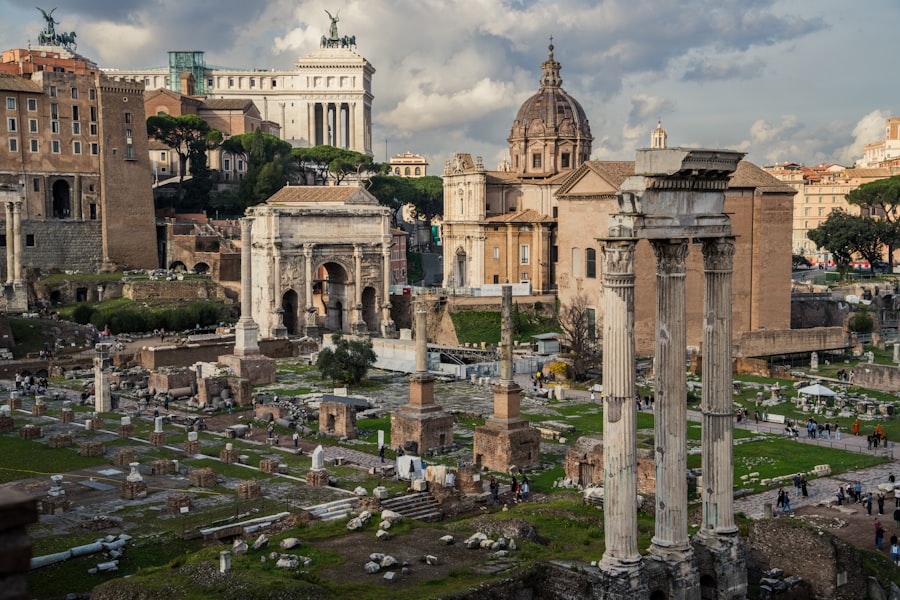
The legacy of ancient urbanization in India continues to resonate in contemporary society. Modern Indian cities often reflect historical patterns established by their ancient counterparts, with bustling markets, diverse populations, and intricate social dynamics. The principles of urban planning seen in ancient times—such as organized layouts and public infrastructure—can still be observed in many modern cities across India.
Moreover, the cultural heritage stemming from ancient urban centers has influenced modern Indian identity. Festivals, traditions, and social practices rooted in ancient customs continue to thrive within urban settings today.
The emphasis on education and intellectual pursuits established during the Gupta Empire has persisted into modern times, with India being home to some of the world’s leading educational institutions. As India navigates its path toward modernization and globalization, it remains deeply connected to its rich historical legacy—one that began with the remarkable urbanization efforts of its ancient civilizations.
One related article to the Indus Valley to Gupta Empire: Tracing Urban Beginnings is “Understanding the Syntax of HTML.” This article delves into the basics of HTML coding, which is essential for creating websites and digital content. By understanding HTML syntax, one can better appreciate the technological advancements that allowed ancient civilizations like the Indus Valley and Gupta Empire to thrive and develop urban centers. To learn more about HTML syntax, you can visit the article here.
FAQs
What is the Indus Valley civilization?
The Indus Valley civilization was an ancient civilization that existed around 3300-1300 BCE in the region of present-day Pakistan and northwest India. It is known for its advanced urban planning, trade networks, and sophisticated drainage systems.
What were the major cities of the Indus Valley civilization?
The major cities of the Indus Valley civilization included Harappa and Mohenjo-Daro, which were both well-planned urban centers with advanced infrastructure and architecture.
What is the significance of the Gupta Empire?
The Gupta Empire, which existed from around 320-550 CE, is known as a golden age of Indian history. It was a time of great cultural and scientific achievements, including advancements in mathematics, astronomy, and literature.
How did urbanization develop from the Indus Valley to the Gupta Empire?
Urbanization developed from the Indus Valley to the Gupta Empire through the establishment of well-planned cities, trade networks, and advancements in infrastructure and governance. The Indus Valley civilization laid the foundation for urban living, which was further developed during the Gupta Empire.




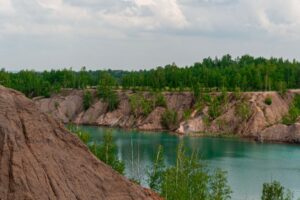





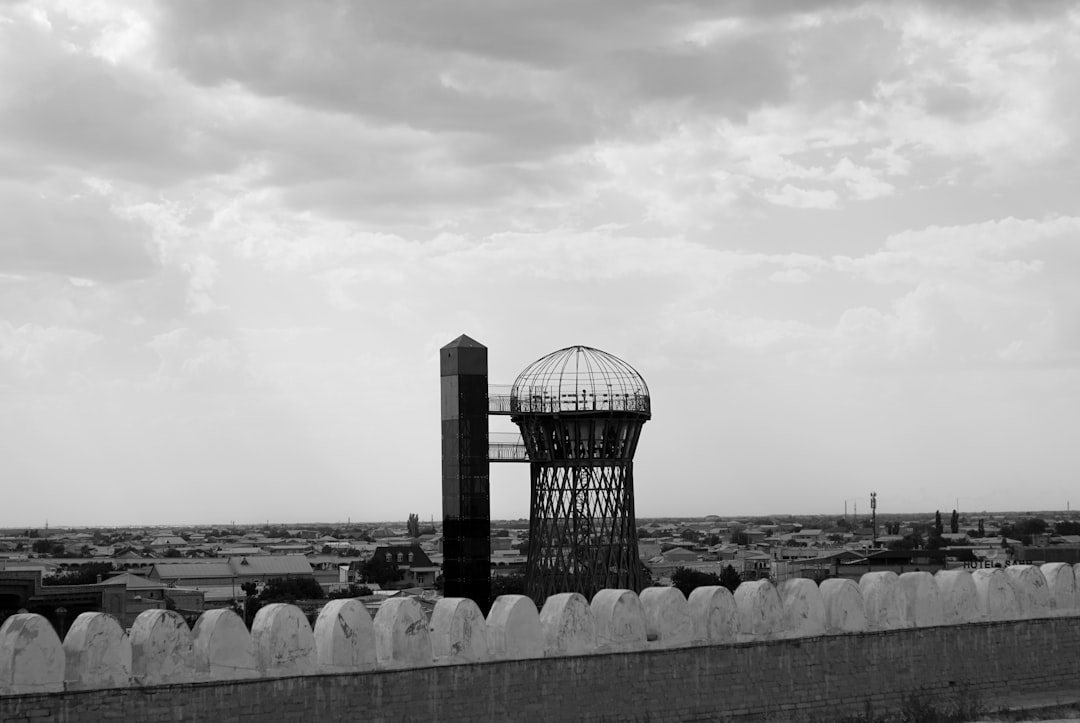


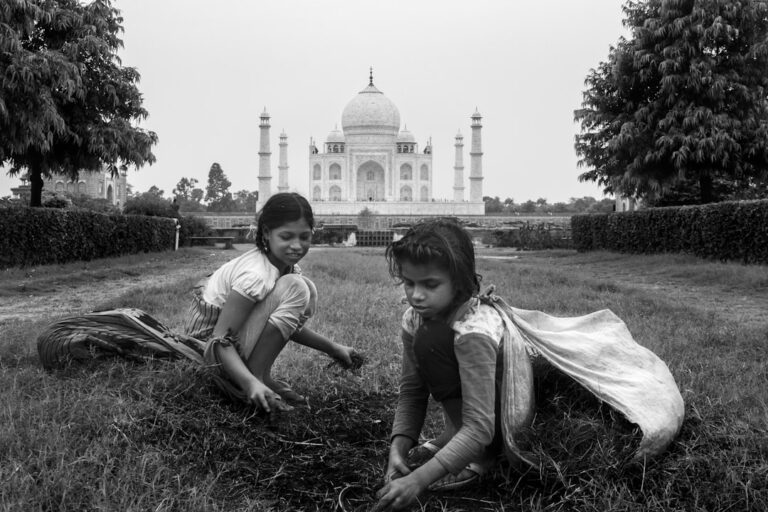








+ There are no comments
Add yours